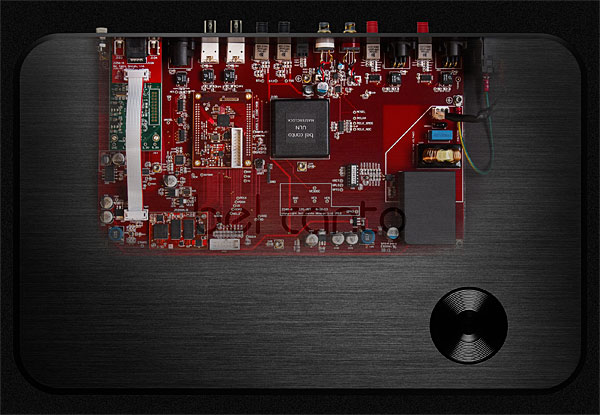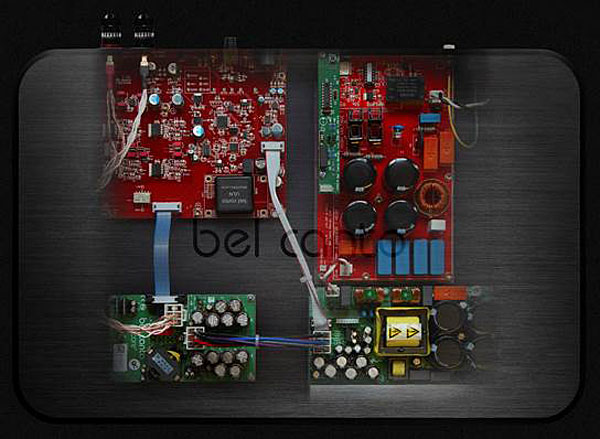| Columns Retired Columns & Blogs |
Bruno Putzeys' NCore variant of switch mode (class D) amplifiers, in combination with switch mode power supply, represents significant progress.
If well implemented, Putzey's NCore can be fully adequate for high quality audio, but that is not why it represents significant progress, because a well designed conventional class AB amplifier with conventional power supply can also produce high quality audio at similar power output.
What represents significant progress is that Bruno Putzeys' NCore variant of switch mode amplifiers, in combination with switch mode power supply, can also produce high quality audio at substantially reduced cost, reduced size, and with reduced power consumption, as compared to a conventional class AB amplifier capable of similarly high quality audio at similar power output.
I would suggest comparison of this Bel Canto MPS1 amplifier to a Parasound Halo JC1.
Here is a link to Stereophile's review of the JC1: http://www.stereophile.com/solidpoweramps/774/index.html
The Parasound Halo JC1 sells for less than $5K.
Bel Canto chose a $15K MSRP price point for this MPS1, and by doing that they have failed to deliver the real progress that Putzeys' NCore could and should provide.
Bel Canto's small dealer network in the US will sell a few of these, probably very few, and I suspect this Bel Canto product will soon fade into oblivion. I hope Putzeys' NCore does not fade as quickly.







































